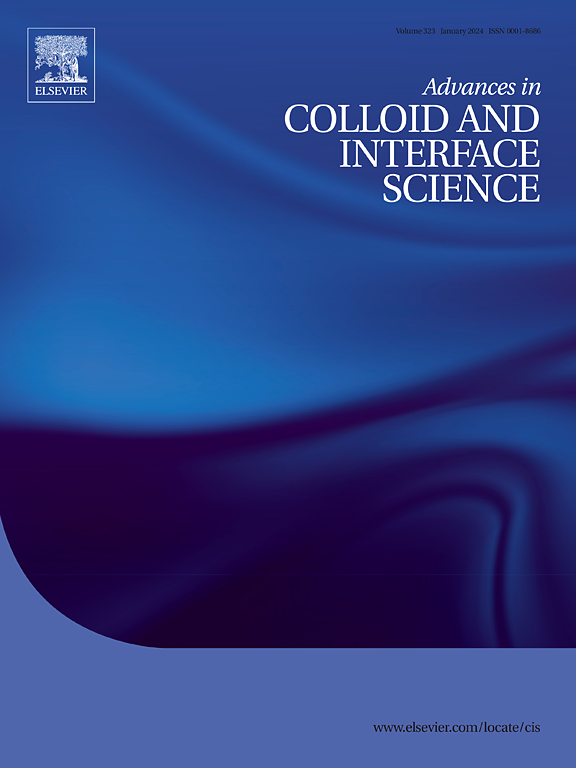Polymer nanocomposite-based biomolecular sensor for healthcare monitoring
IF 19.3
1区 化学
Q1 CHEMISTRY, PHYSICAL
引用次数: 0
Abstract
Polymer-derived nanocomposites have gained significant attention in biosensing due to their ability to integrate the mechanical flexibility of polymers with the high electrical conductivity, large surface area and porosity, enhanced catalytic activity, and excellent biocompatibility of nanoscale materials. When combined with biomolecules, these nanocomposites form advanced polymer-bio interfaces that enhance electrochemical signal transduction, molecular recognition, and surface stability critical factors for achieving high sensitivity and selectivity in diagnostic applications. This review provides a comprehensive overview of recent progress in the development and application of polymer-derived nanocomposites, such as conducting polymers, carbon nanotubes (CNTs), graphene, dendrimers, and molecularly imprinted polymers (MIPs), in the field of electrochemical biosensing. We delve into the fundamental interfacial mechanisms, including adsorption phenomena, electron transfer behavior, and catalytic activity that govern biosensor performance. The review also discusses the synthesis and functionalization of nanocomposites, sensor fabrication strategies, and mechanistic insights into their sensing/biosensing capabilities across various clinical and biomedical targets. Lastly, we evaluate key performance metrics (“figures of merit” refer to key sensing parameters such as materials, analytes, sensitivity, linear range, limit of detection (LOD), and real samples testing), address current challenges in optimizing polymer-bio interfaces, and highlight emerging opportunities for advancing next-generation diagnostic technologies.

基于高分子纳米复合材料的医疗监测生物分子传感器
聚合物衍生的纳米复合材料由于能够将聚合物的机械柔韧性与纳米级材料的高导电性、大表面积和孔隙度、增强的催化活性和优异的生物相容性相结合,在生物传感领域受到了极大的关注。当与生物分子结合时,这些纳米复合材料形成了先进的聚合物-生物界面,增强了电化学信号转导、分子识别和表面稳定性,这是在诊断应用中实现高灵敏度和选择性的关键因素。本文综述了导电聚合物、碳纳米管(CNTs)、石墨烯、树状大分子和分子印迹聚合物(MIPs)等聚合物衍生纳米复合材料在电化学生物传感领域的最新发展和应用进展。我们深入研究了基本的界面机制,包括吸附现象、电子转移行为和控制生物传感器性能的催化活性。本文还讨论了纳米复合材料的合成和功能化,传感器制造策略,以及它们在各种临床和生物医学目标上的传感/生物传感能力的机理见解。最后,我们评估了关键的性能指标(“价值值”指的是关键的传感参数,如材料、分析物、灵敏度、线性范围、检测限(LOD)和实际样品测试),解决了优化聚合物-生物界面的当前挑战,并强调了推进下一代诊断技术的新兴机会。
本文章由计算机程序翻译,如有差异,请以英文原文为准。
求助全文
约1分钟内获得全文
求助全文
来源期刊
CiteScore
28.50
自引率
2.60%
发文量
175
审稿时长
31 days
期刊介绍:
"Advances in Colloid and Interface Science" is an international journal that focuses on experimental and theoretical developments in interfacial and colloidal phenomena. The journal covers a wide range of disciplines including biology, chemistry, physics, and technology.
The journal accepts review articles on any topic within the scope of colloid and interface science. These articles should provide an in-depth analysis of the subject matter, offering a critical review of the current state of the field. The author's informed opinion on the topic should also be included. The manuscript should compare and contrast ideas found in the reviewed literature and address the limitations of these ideas.
Typically, the articles published in this journal are written by recognized experts in the field.

 求助内容:
求助内容: 应助结果提醒方式:
应助结果提醒方式:


